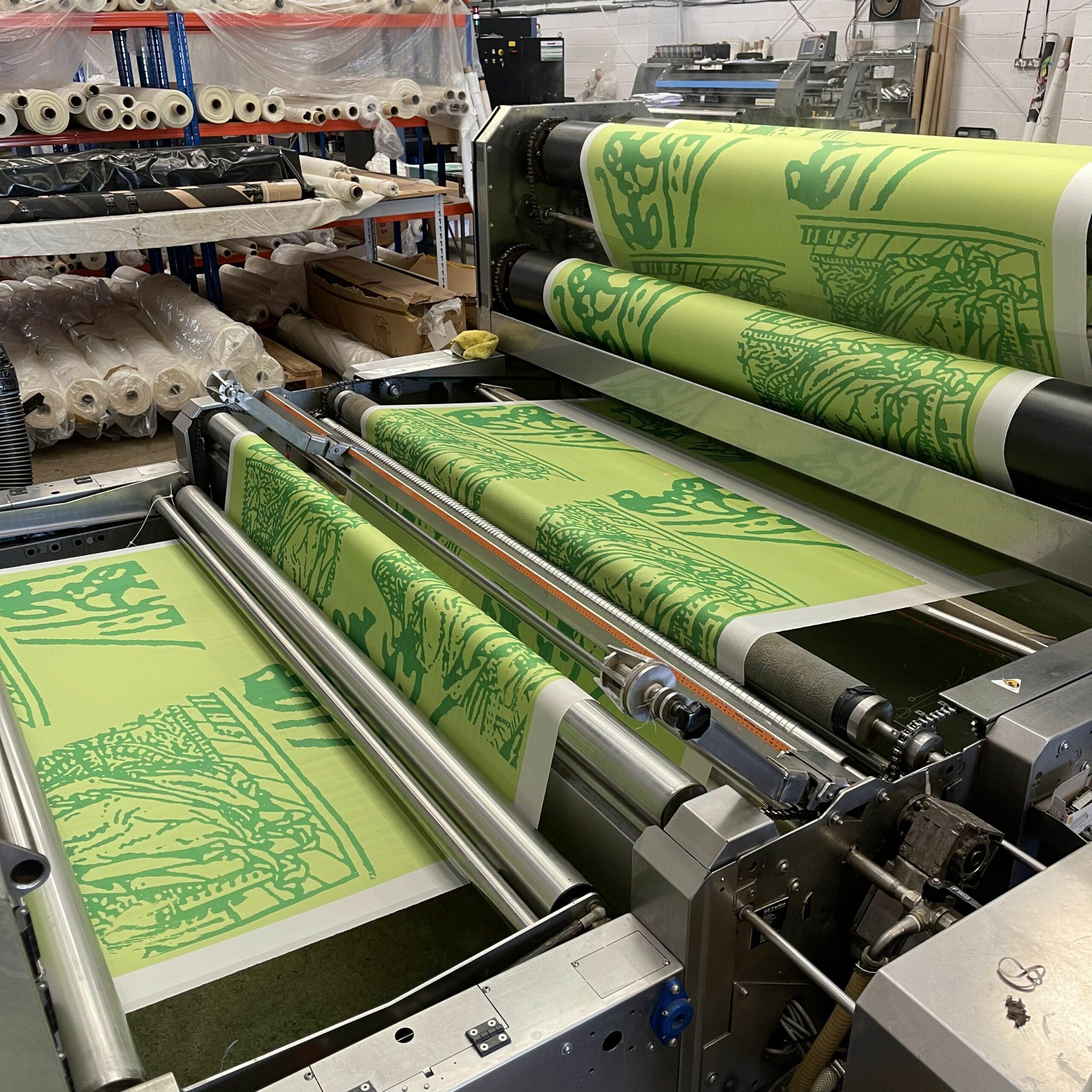Color retention is a critical factor in textile printing, influencing the longevity, vibrancy, and overall appearance of the final product. Without proper preparation, fabrics may not absorb inks uniformly, leading to faded or uneven prints over time.
Digital fabric printing relies on precise ink deposition, but the interaction between ink and fabric determines the durability and brightness of colors. Pre-treatment processes prepare the textile surface to receive inks effectively, creating the foundation for consistent and long-lasting results.
Ensuring proper pre-treatment is therefore essential for maintaining print quality and satisfying customer expectations.
The Role of Pre-Treatment in Ink Absorption
Pre-treatment enhances the fabric’s ability to absorb and bind with inks. Key benefits include:
-
Improving fiber receptivity for better ink penetration
-
Preventing color bleeding and uneven patches
-
Optimizing ink adhesion to maintain sharp details
With digital fabric printing, pre-treated fabrics allow inks to bond at a molecular level, resulting in vibrant colors that withstand washing, wear, and environmental exposure.
Ensuring Consistent Color Across Batches
Consistency is vital, particularly for large-scale production. Pre-treatment standardizes fabric properties, which helps:
-
Achieve uniform color saturation across different pieces
-
Minimize variations between batches
-
Maintain brand and design standards
Digital fabric printing benefits from these controlled conditions, ensuring every fabric meets quality expectations and reduces waste from defective prints.
Protecting Fabric Texture and Softness
Pre-treatment not only impacts color but also preserves fabric texture:
-
Reduces roughness or stiffness caused by excessive ink absorption
-
Maintains softness and drape, especially on natural fibers
-
Supports durable prints without compromising fabric feel
This balance between color retention and fabric quality is essential for high-end and performance textiles produced via digital fabric printing.
Enhancing Durability and Wash Fastness
Fabrics undergo repeated washing and exposure to sunlight, which can fade colors. Pre-treatment improves durability by:
-
Stabilizing ink molecules within fibers
-
Preventing fading, bleeding, or migration of dyes
-
Supporting long-lasting prints even on synthetic or blended fabrics
By integrating proper pre-treatment, digital fabric printing delivers textiles that retain their original vibrancy throughout their lifecycle.
Optimizing for Specialized Fabrics
Different fabric types respond differently to inks. Pre-treatment adapts to fabric characteristics:
-
Cotton and natural fibers may require chemical treatments to enhance absorption
-
Synthetic fabrics often need heat or primer-based treatments to fix dyes
-
Blended textiles benefit from hybrid pre-treatment methods for even results
Understanding these interactions ensures reliable color retention and print quality across various textiles in digital fabric printing.
FAQs
Q1: What is the purpose of fabric pre-treatment?
It prepares the fabric to absorb ink evenly, ensuring vibrant, consistent, and long-lasting colors.
Q2: Can pre-treatment prevent color fading?
Yes, it stabilizes ink on fibers, enhancing wash fastness and exposure resistance.
Q3: Is pre-treatment necessary for all fabrics?
Different fabrics may require specific pre-treatment methods to optimize ink absorption and durability.
Q4: How does pre-treatment affect fabric texture?
Proper treatment preserves softness and drape while supporting durable ink adhesion.
Q5: Does pre-treatment impact production efficiency?
Yes, standardized pre-treatment reduces defects, reprints, and batch inconsistencies in digital fabric printing.
Conclusion
Fabric pre-treatment is a vital step in digital fabric printing, directly impacting color retention, consistency, and durability. By optimizing ink absorption and bonding, pre-treatment ensures vibrant, long-lasting prints while maintaining fabric quality.
Implementing proper pre-treatment protocols enables textile manufacturers and designers to deliver high-quality products, minimize waste, and meet consumer expectations for both aesthetics and performance.

